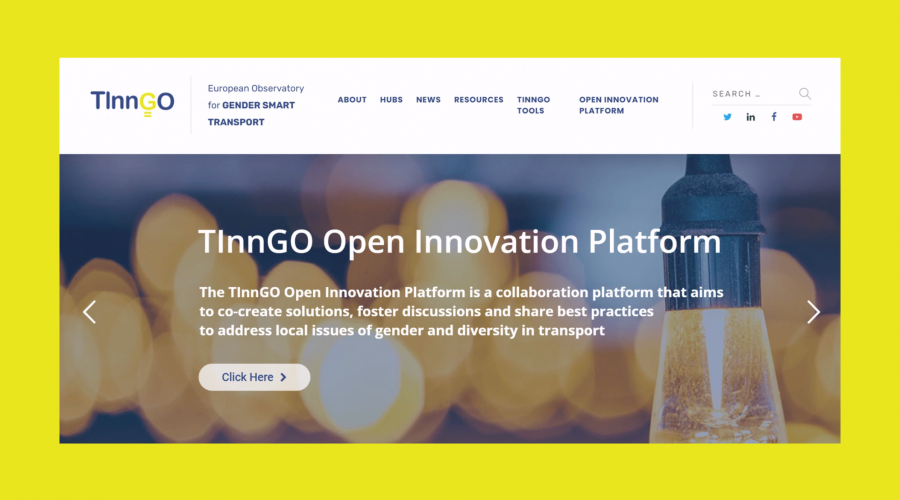The European Commission defines Gender Impact Assessment (GIA) the following way:
“The estimation of the different effects (positive, negative or neutral) of any policy or activity implemented to specific items in terms of gender equality.”
TInnGO researchers have asked how the GIA can work within the field of transport. Such a model, Transport Gender Impact Assessment, is based on operationalisations of strategic goals, and the suggestion of targets and indicators. It provides a framework for implementation, assessment and follow-up.
It is based on lessons learned from other impact assessment methods, like the social impact assessment (SIA) which focuses on consequences for people and communities, and the strategic environmental assessment (SEA). Therefore, it heavily concentrates on strategic actions (developed by both public agencies and semi-private or private companies), and their consequences, such as the number of affected people, positive or negative effects on them, spatial extent, duration, permanent or non-permanent changes, and so on.
Practically, the operationalisation involves four parts: 1) Targets, 2) Questions to ask, 3) Indicators, 4) Sources.
A case study from Sweden
As a practical example based on national goals, European goals and SDG5, TInnGO researchers bring the following examples for operationalisation:
A. Equal opportunities to democracy and influence on decision making.
B. Eliminate all forms of violence against all women and girls.
C. Equal opportunities for good health and personal development, including access to culture and leisure.
D. Equal opportunities and conditions for education and paid work.
E. Equal distribution of unpaid housework and provision of care.
For instance, how can goal D be operationalised?
- Targets: Women and men should have the same opportunity to achieve an education and get paid work which provide economic independence. It should be possible for women and men to get to school, universities, and workplaces with similar standard and within approximately the same travel time.
- Questions to ask: What does the labour market look like? Where are schools and universities located? Where are workplaces localized in relation to residential areas? With which means of transport can you get to them? Etc.
- Indicators: the number of workplaces/schools/universities in the residential area which is reached within given timeframes (from 15 to 60 minutes); the numbers of commuting women and men; proportion of women and men working in different workplaces or attending educational institutions; travel time for several transport opportunities should be split up; travel time for women and men should be compared.
- Sources: municipal or region-based statistics, analysis of target points, GIS analysis, surveys (travel, workplace, schools/universities), mental maps, interviews/focus groups.
For more detailed examples, please visit the original publication.
This post is part of a series, introducing tools and methods to measure and analyse gender matters in transport. Click here to read the other parts. Here you can access the TInnGO Data Repository.





